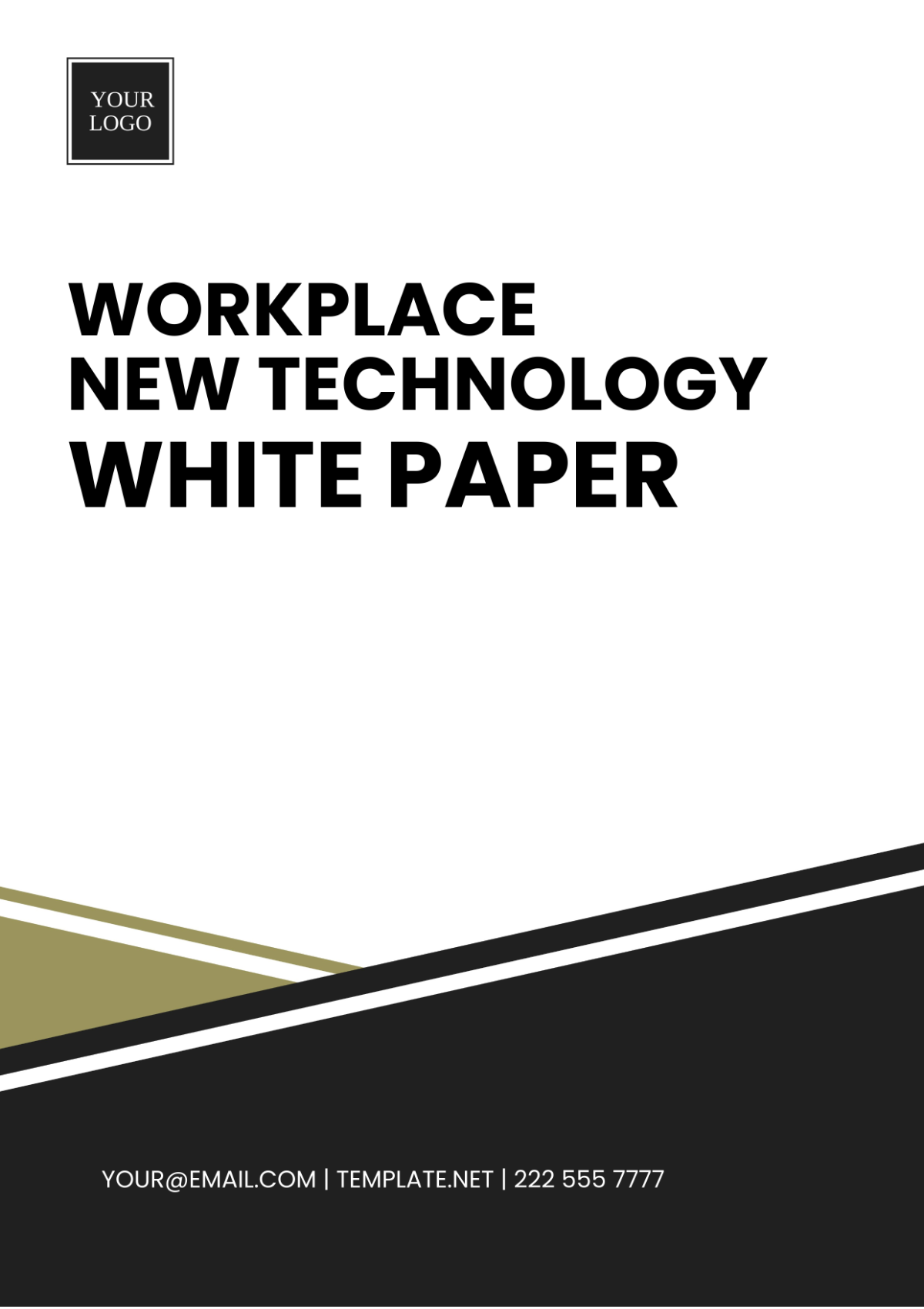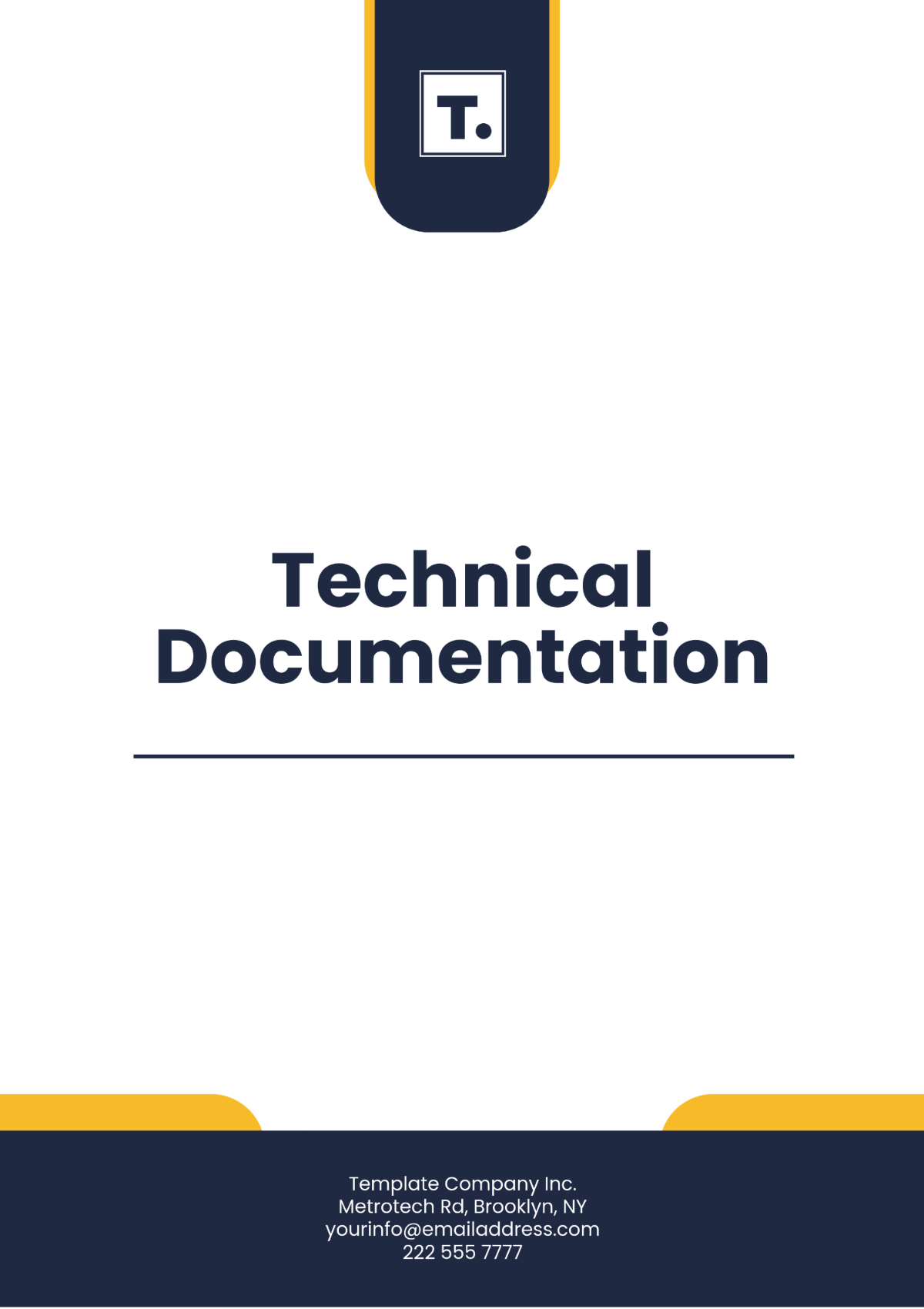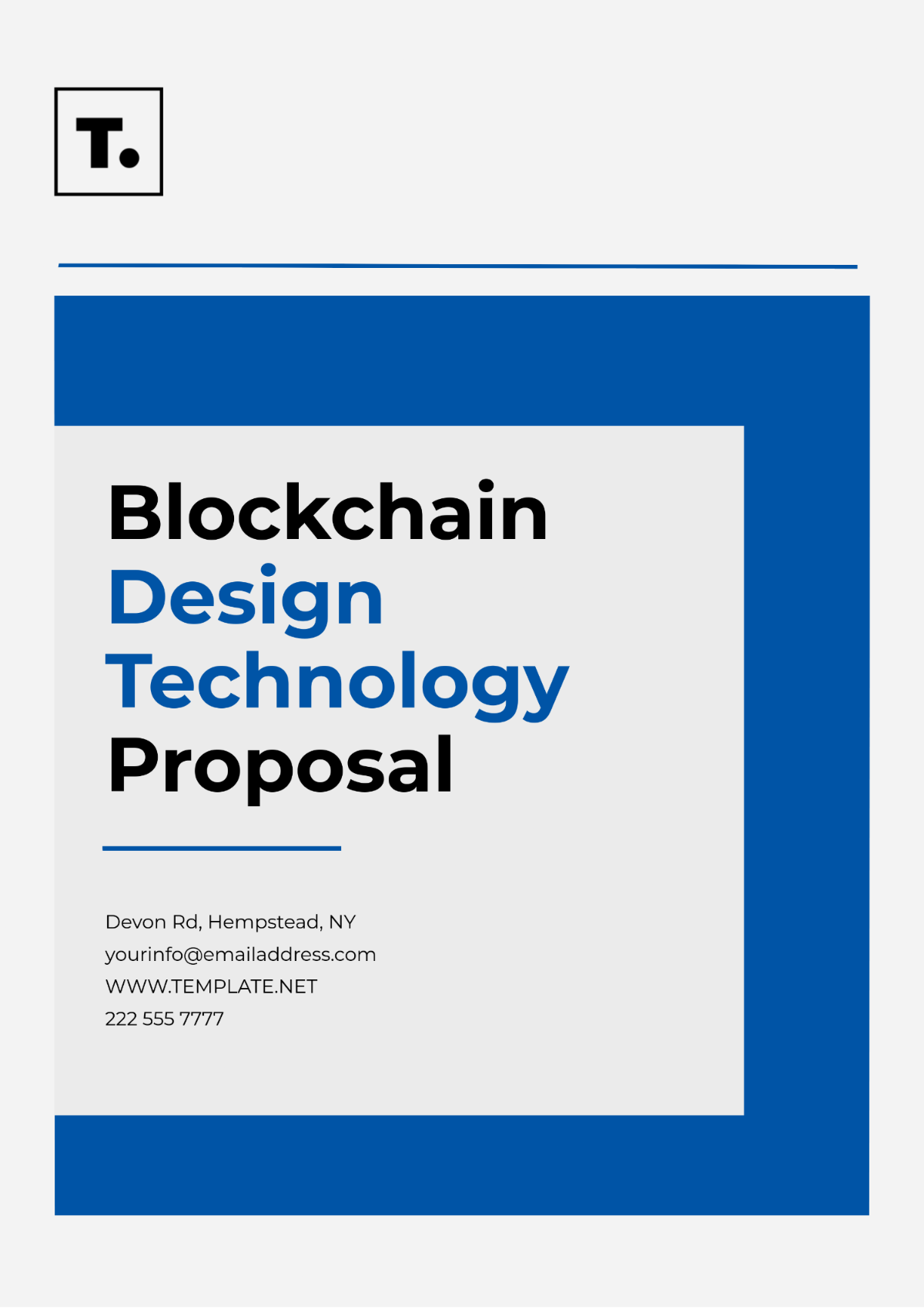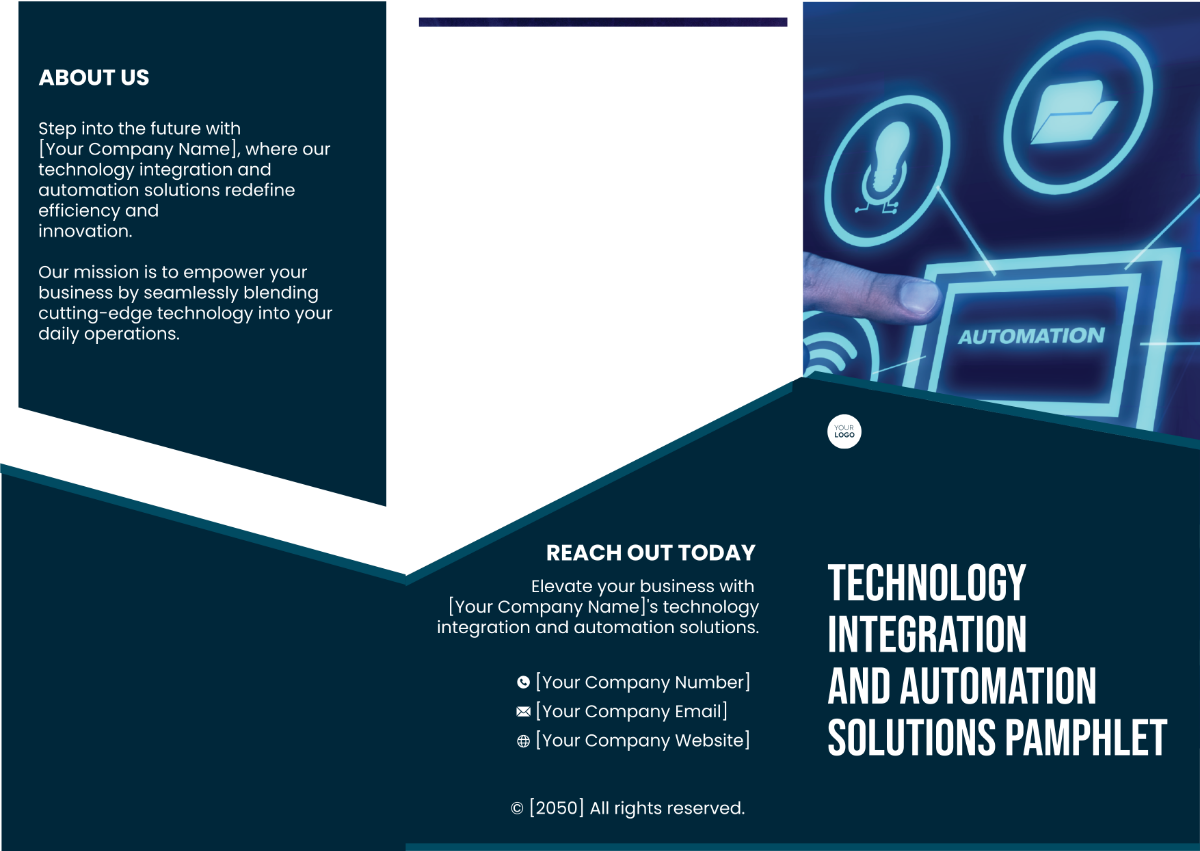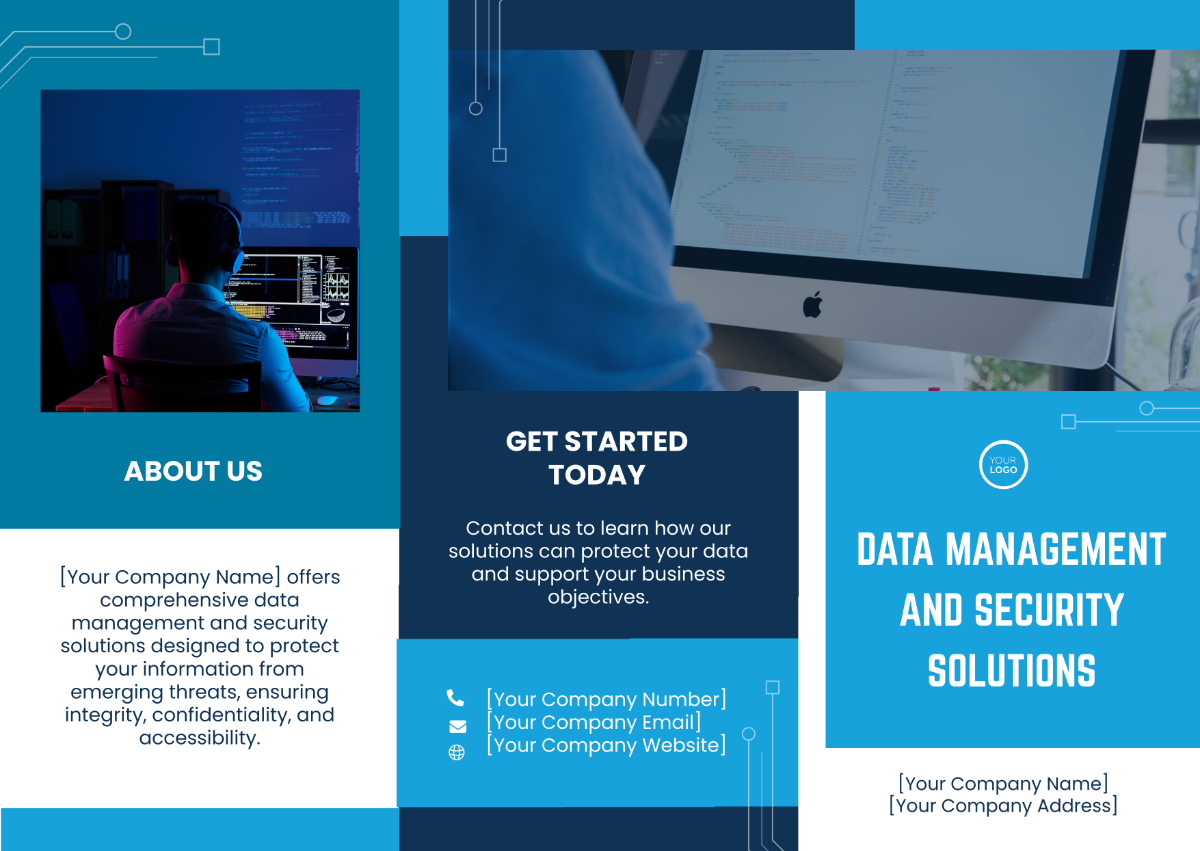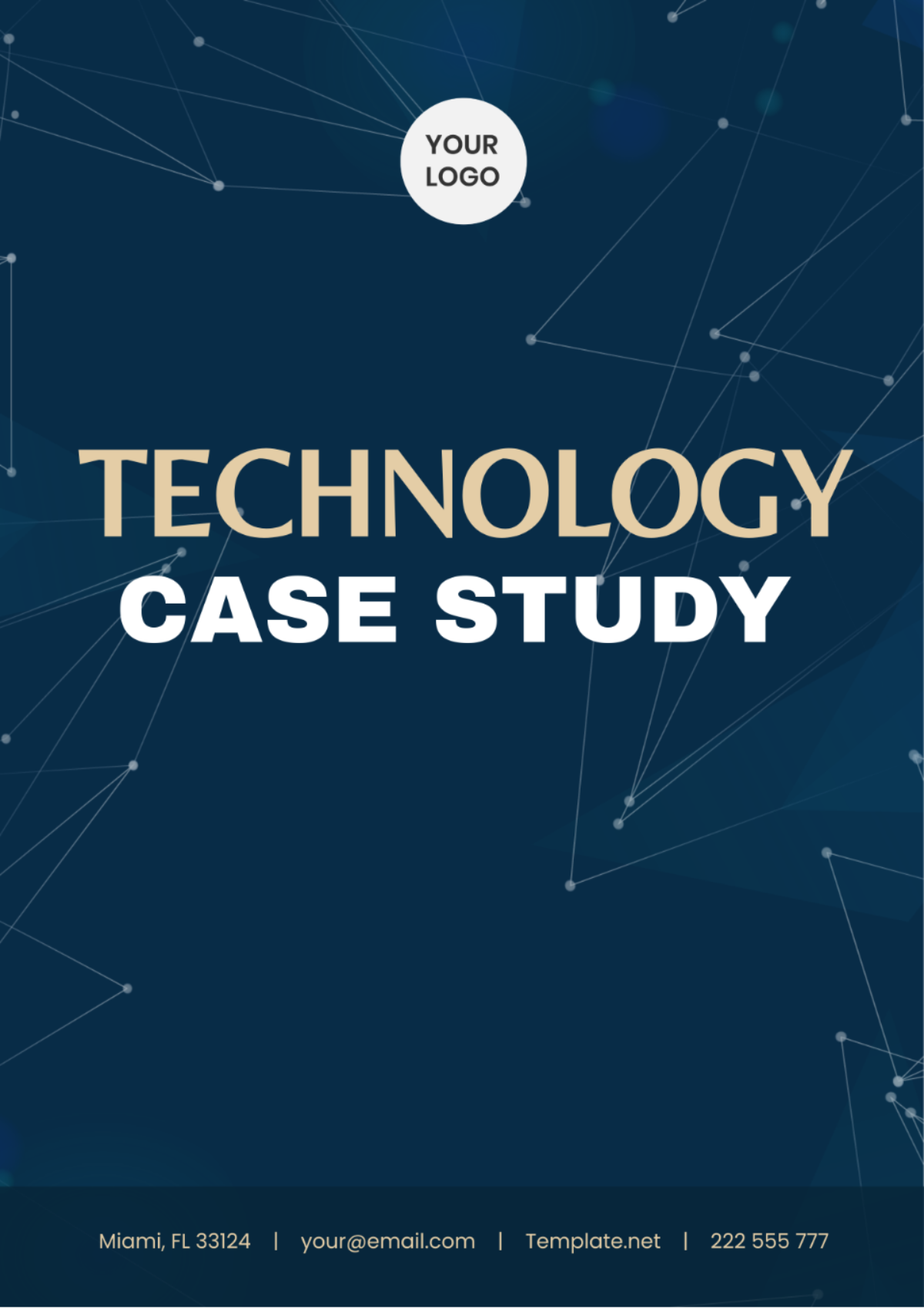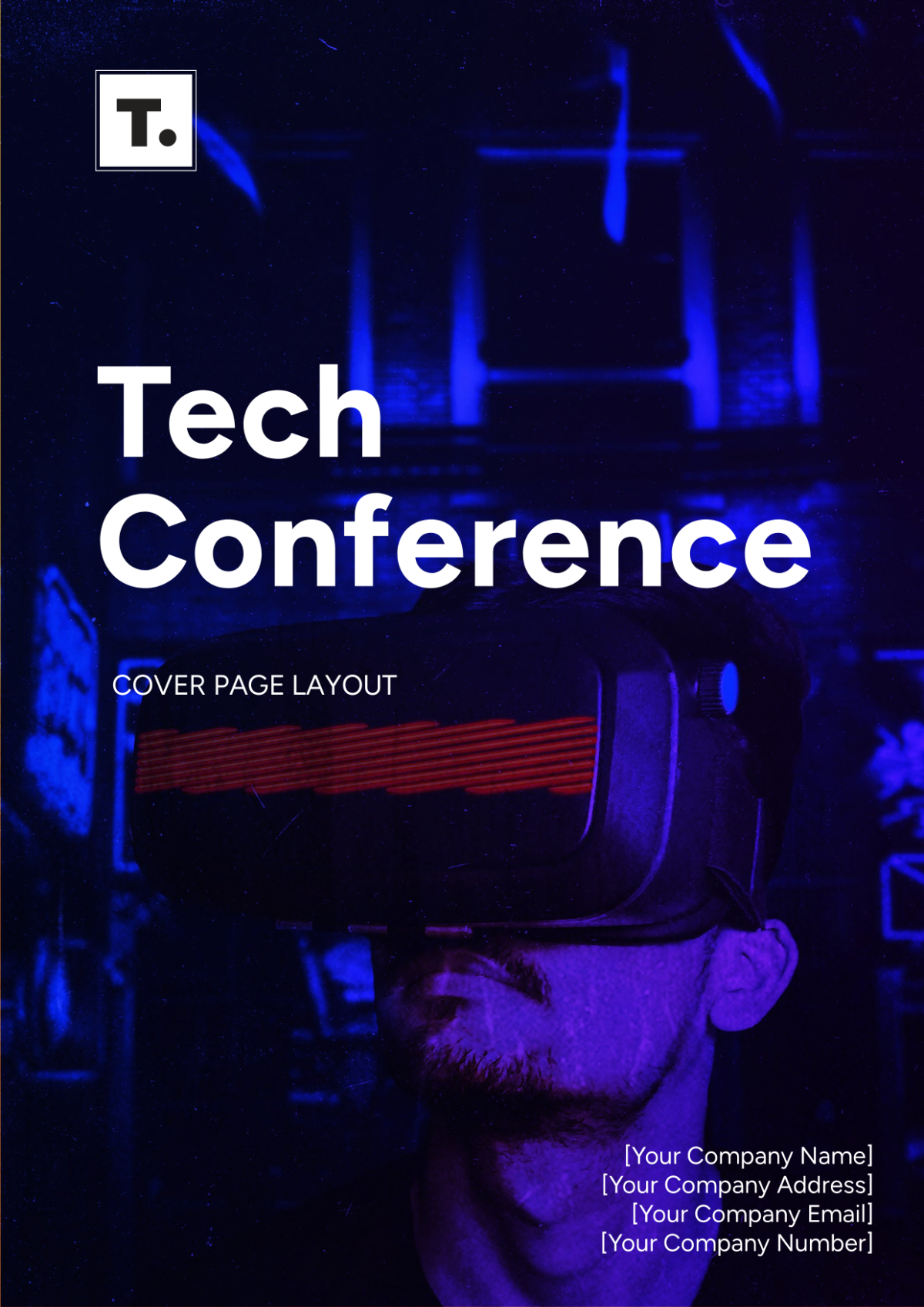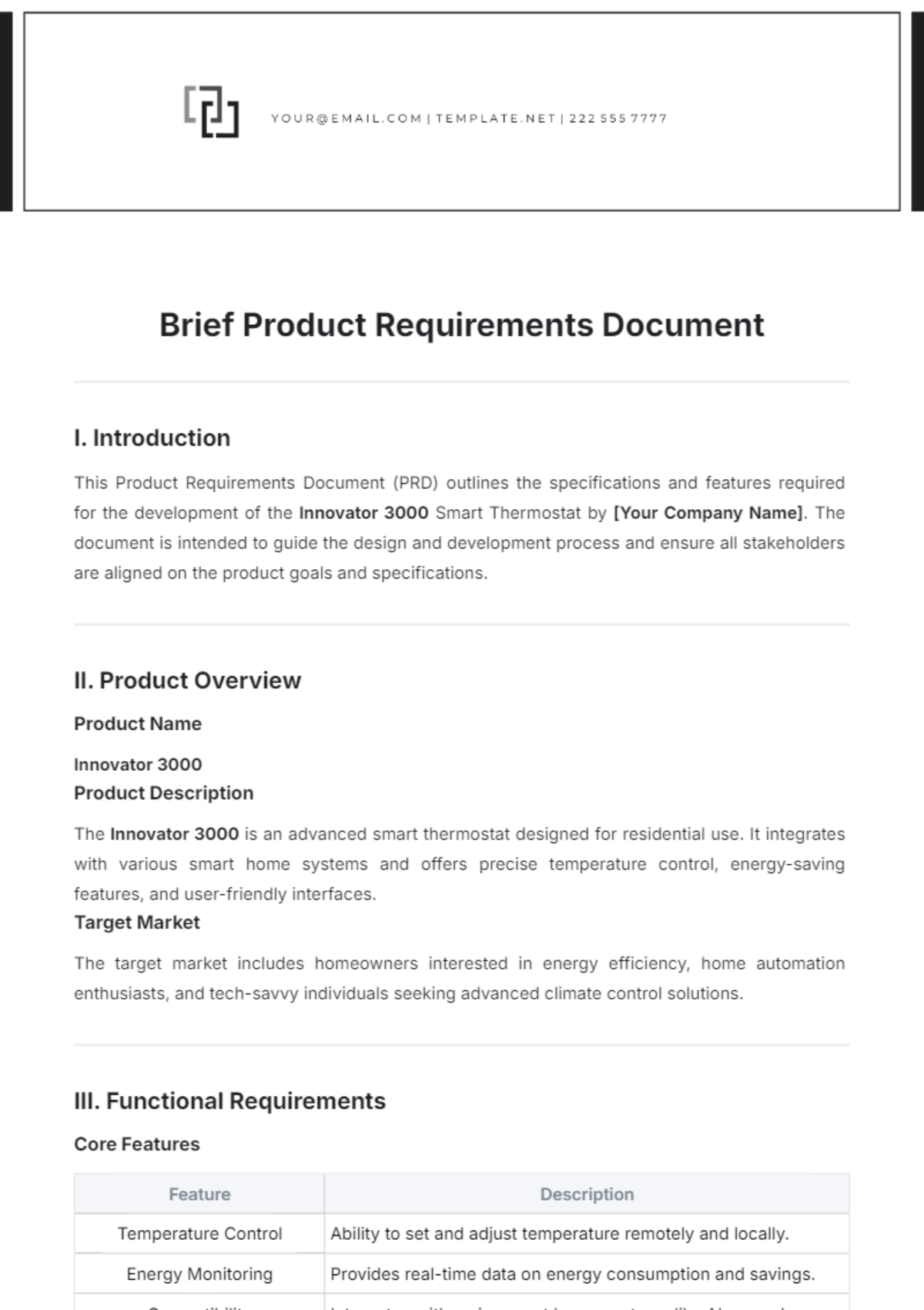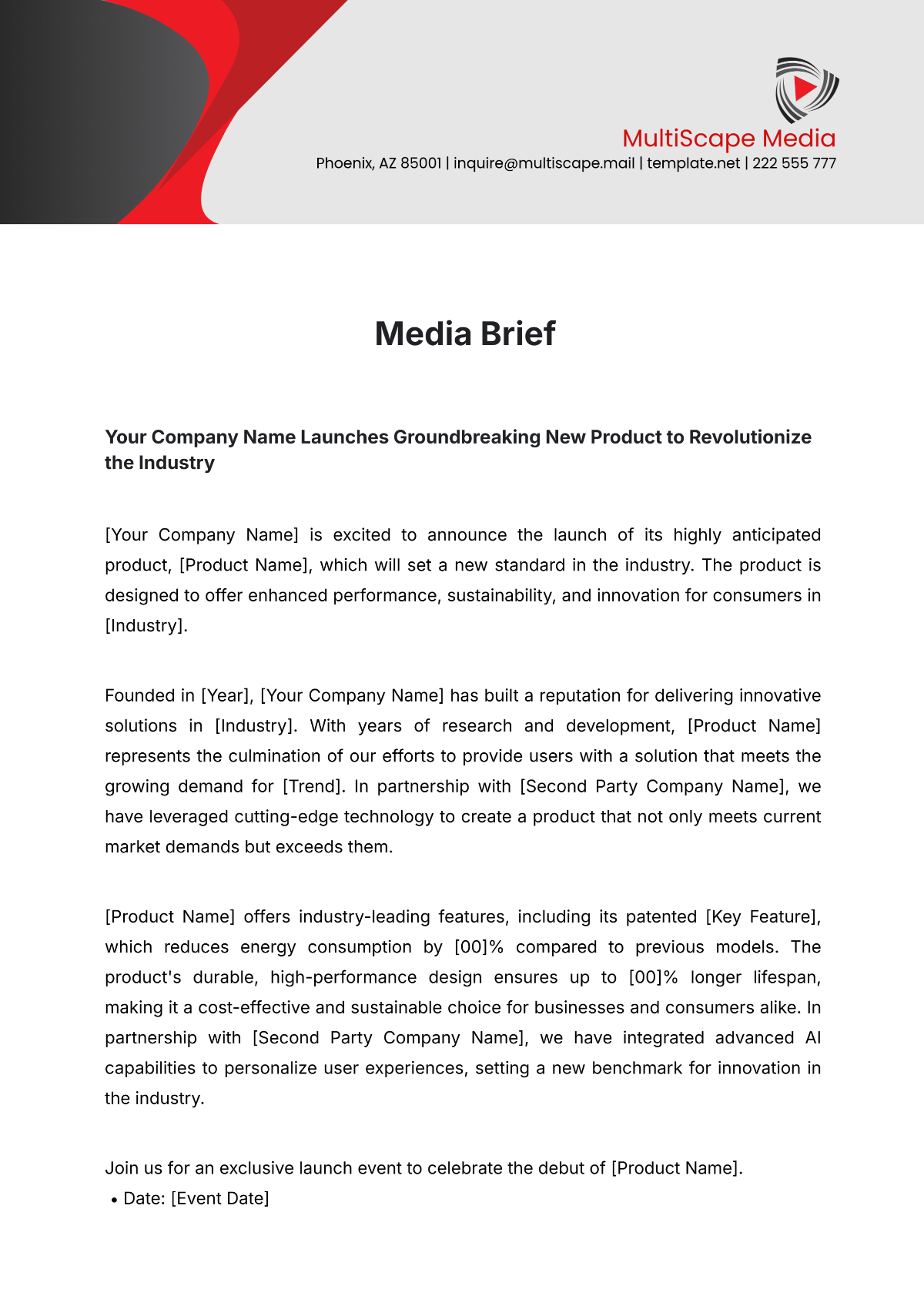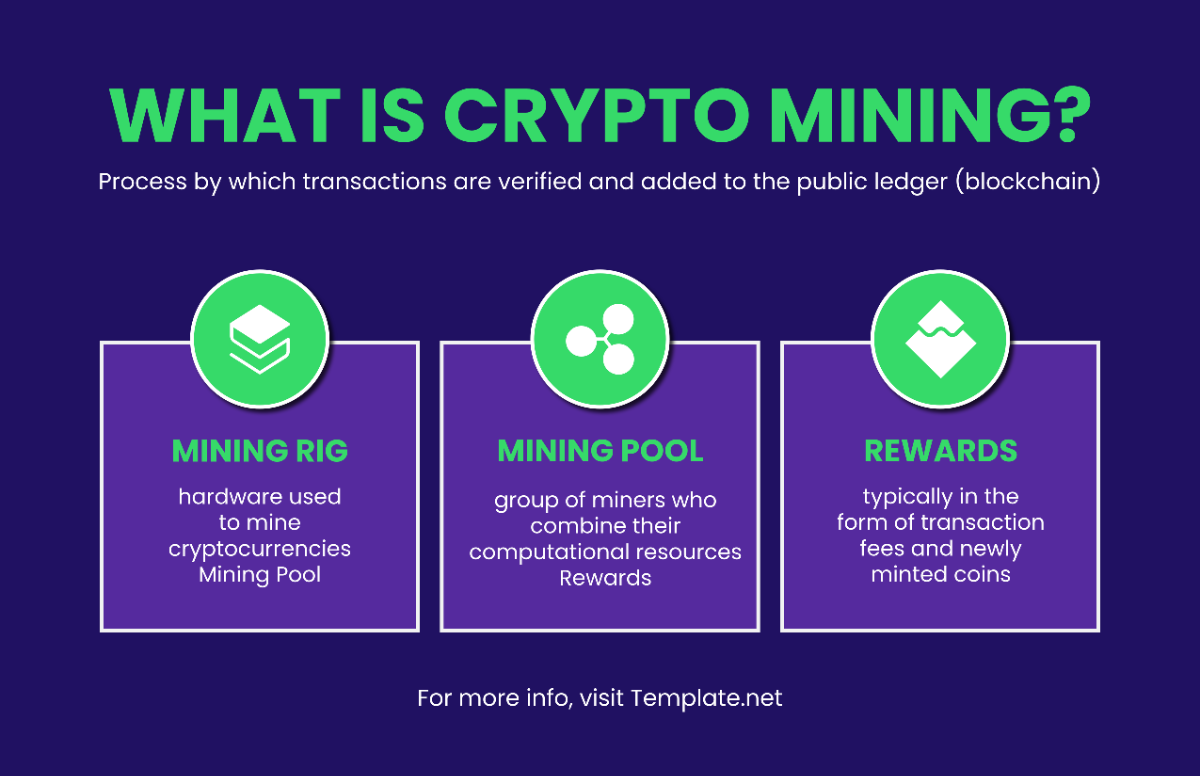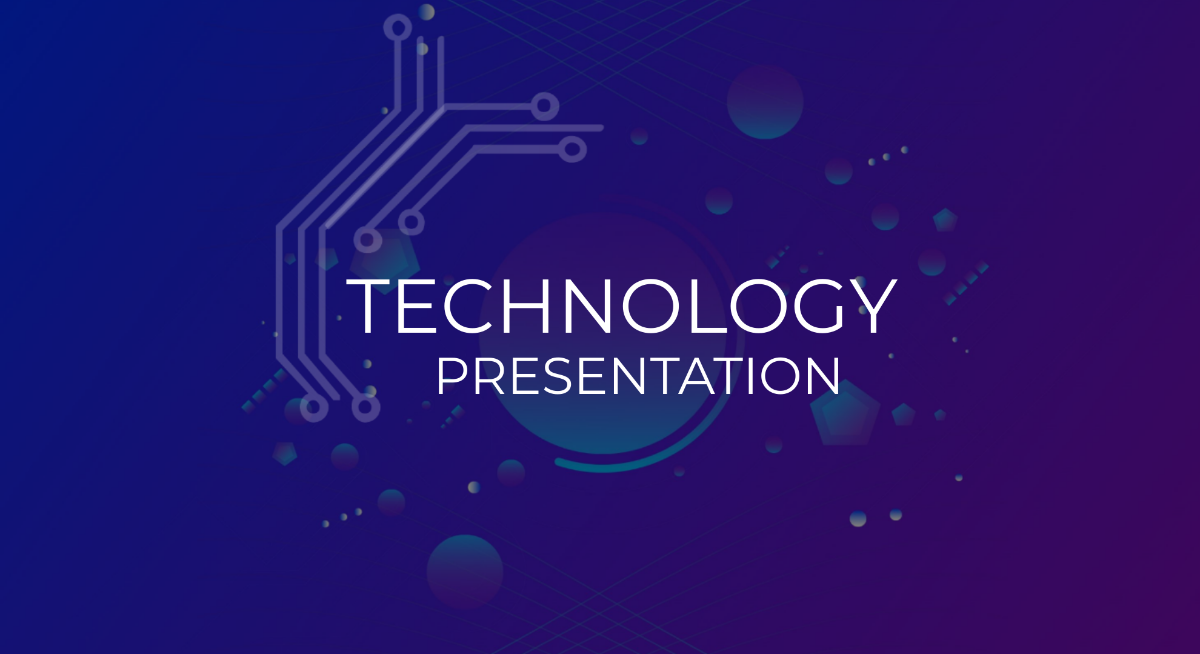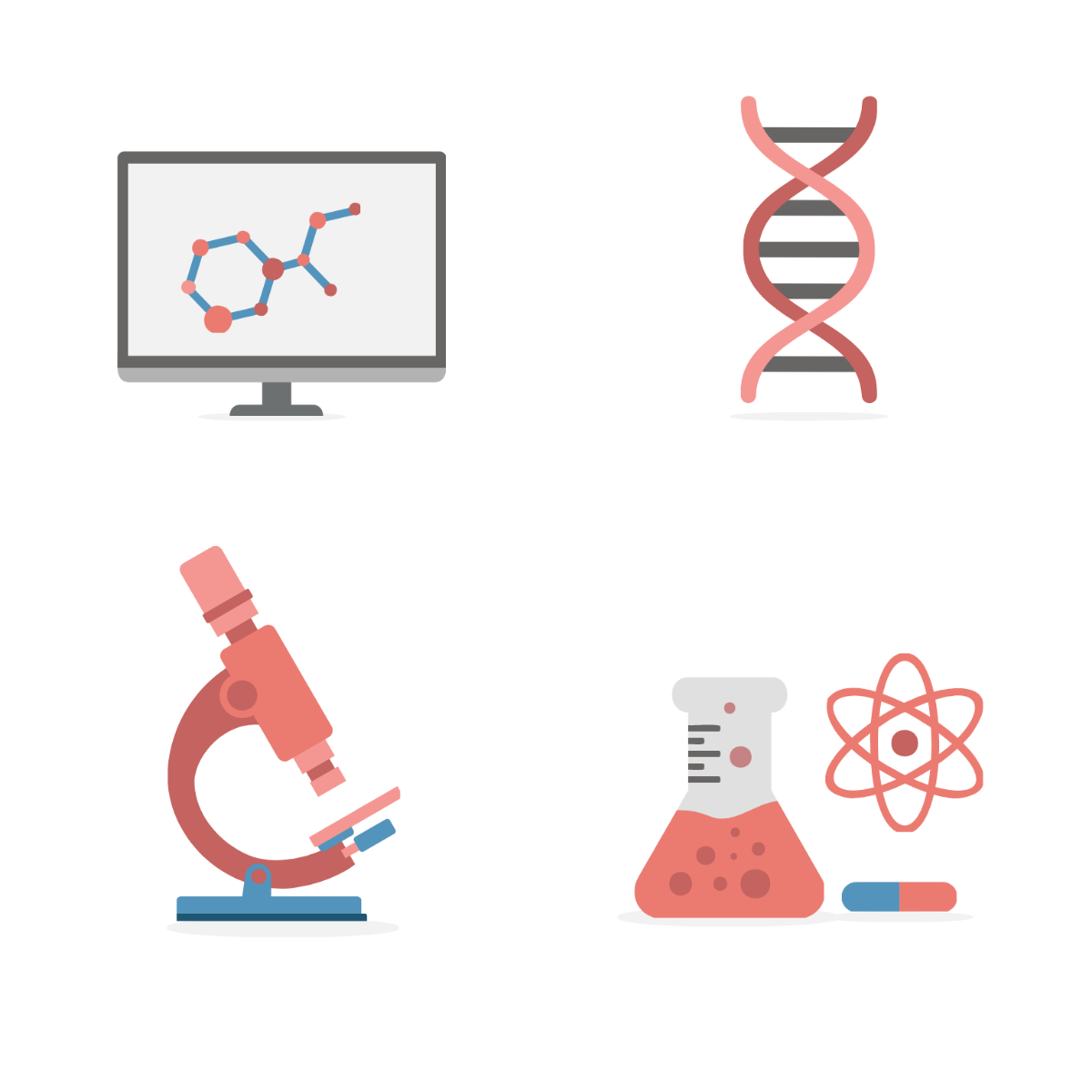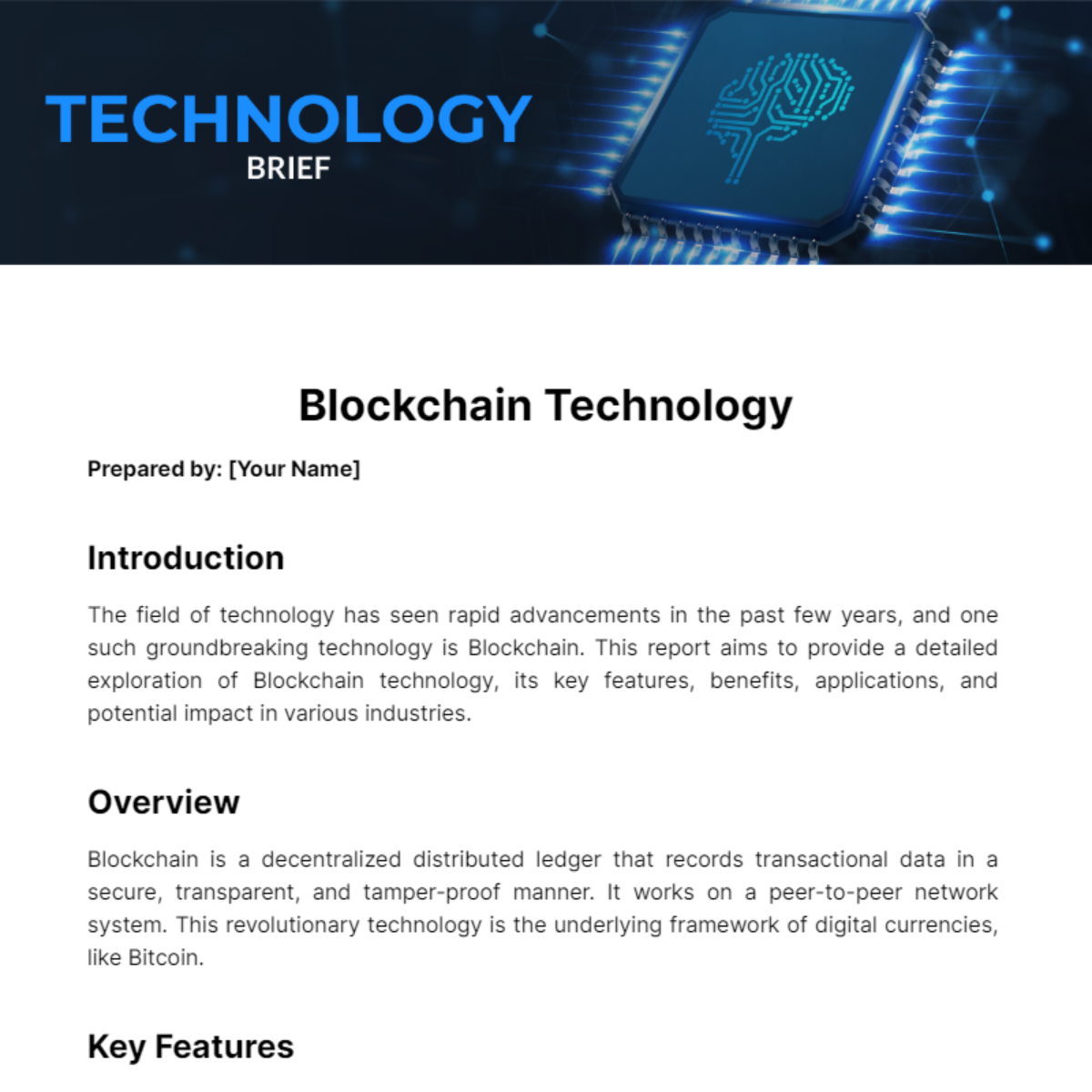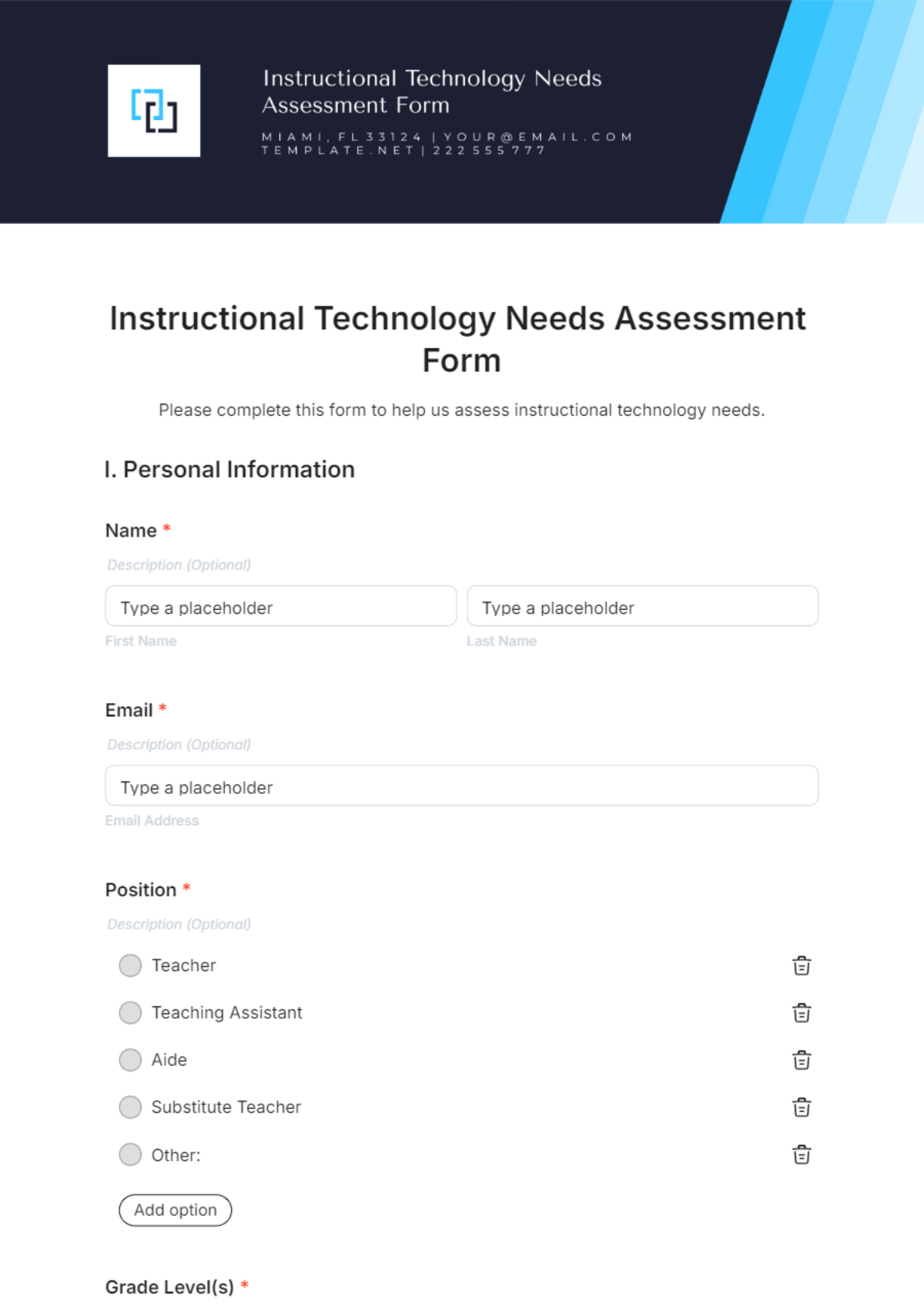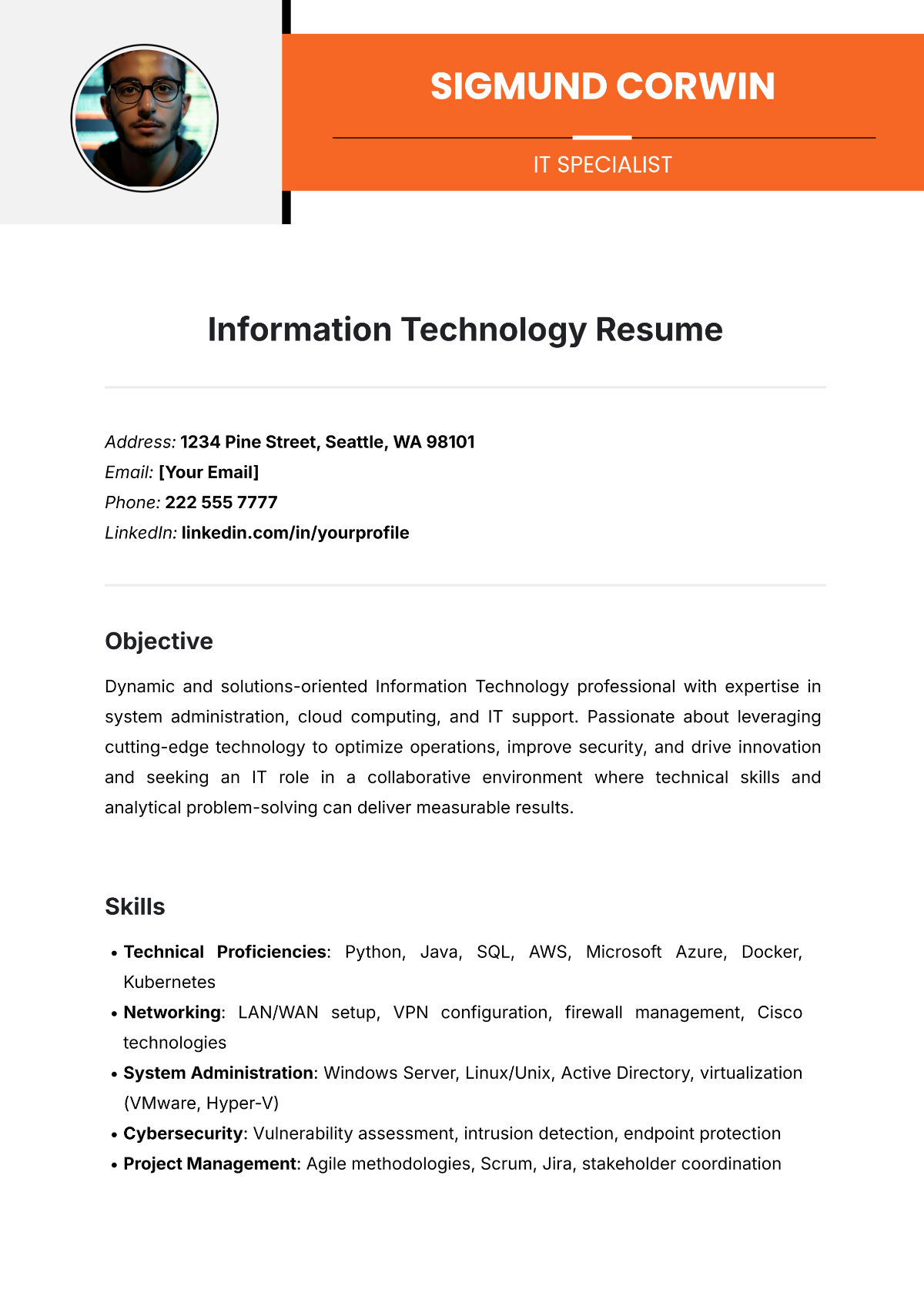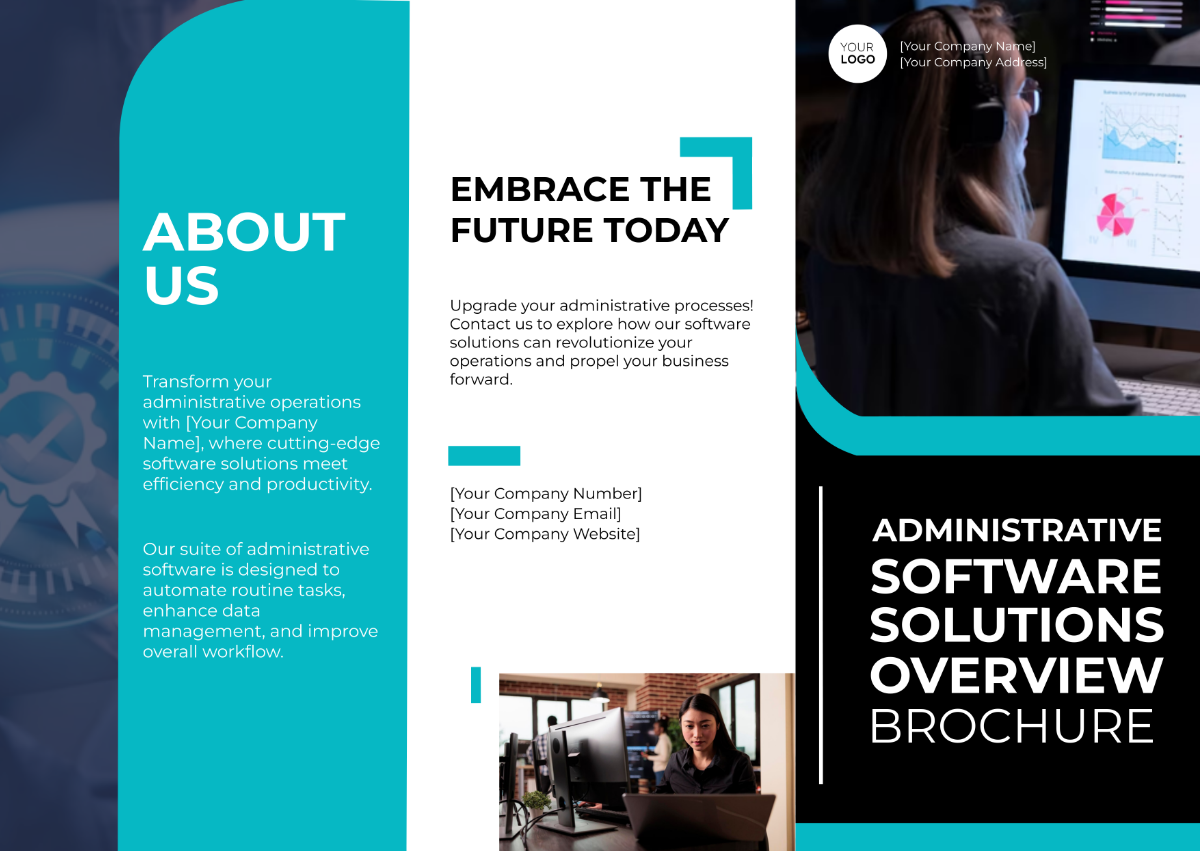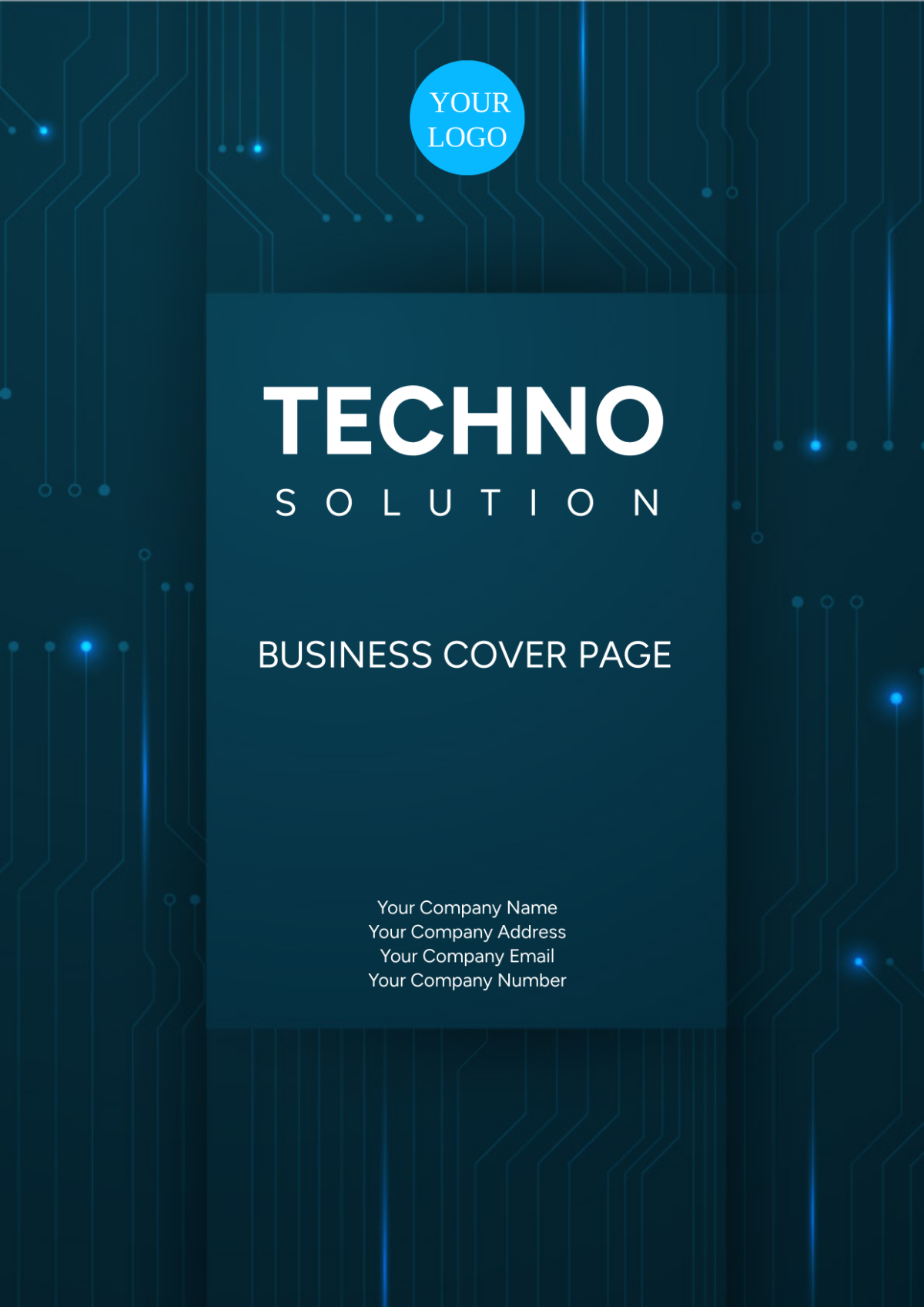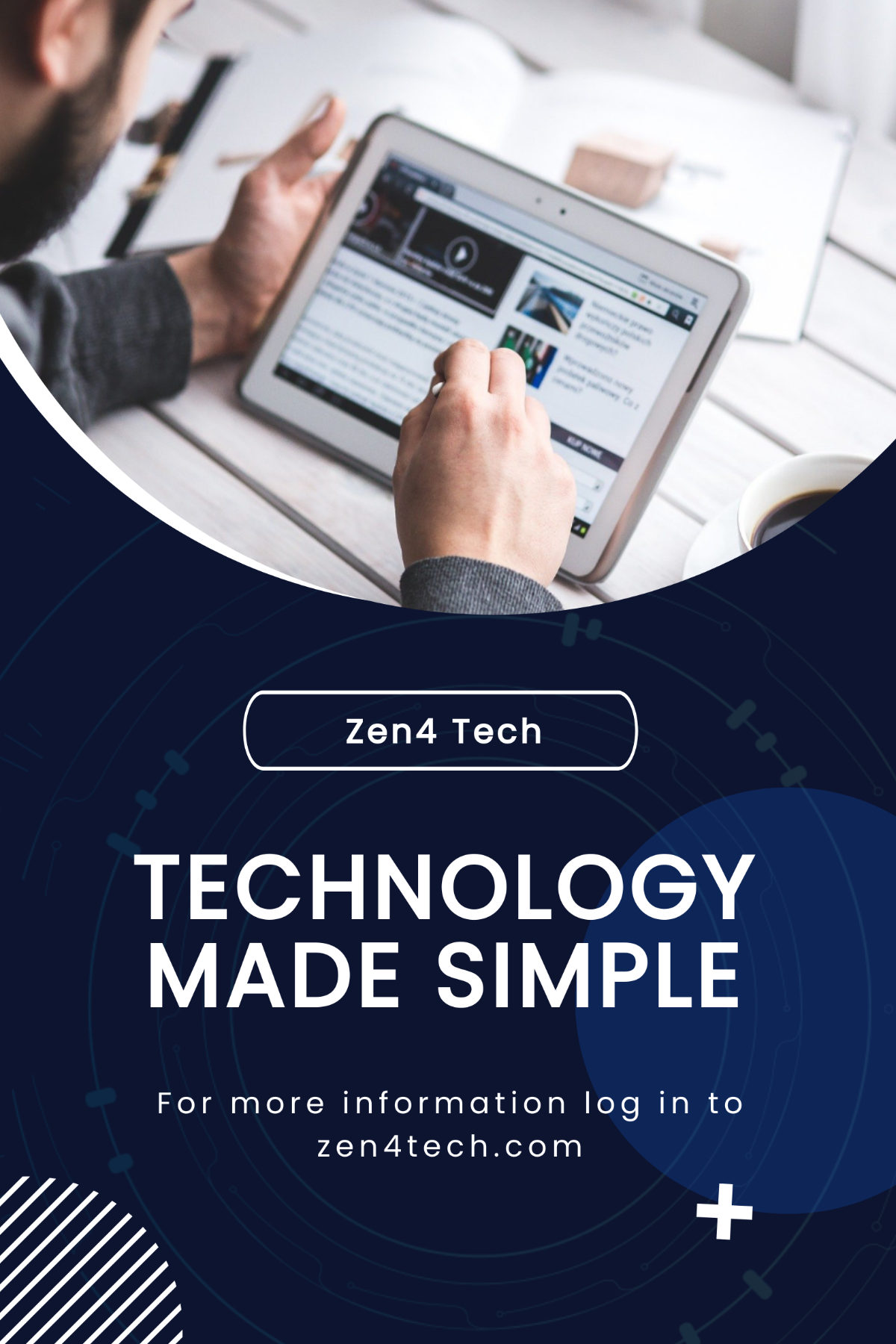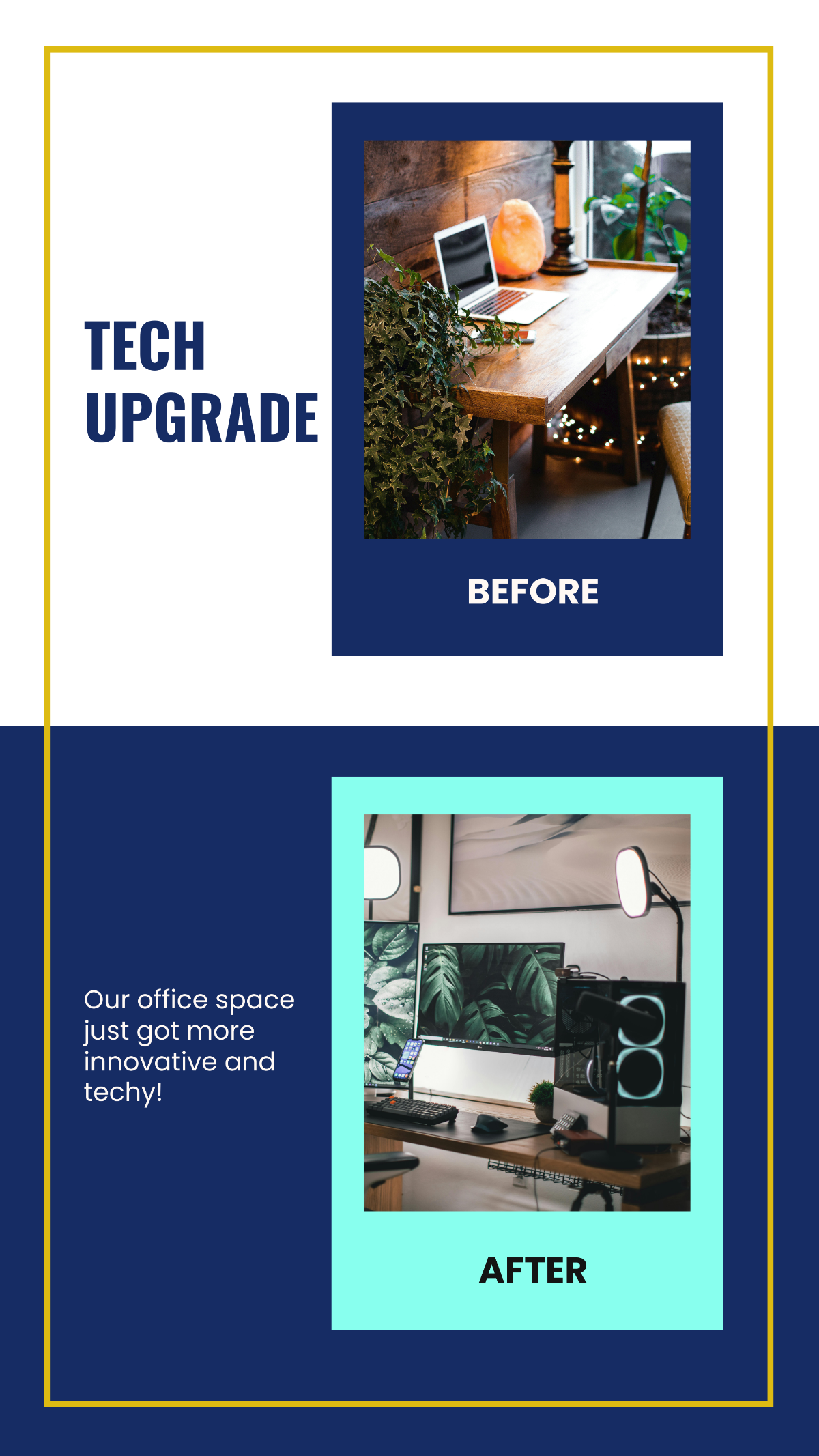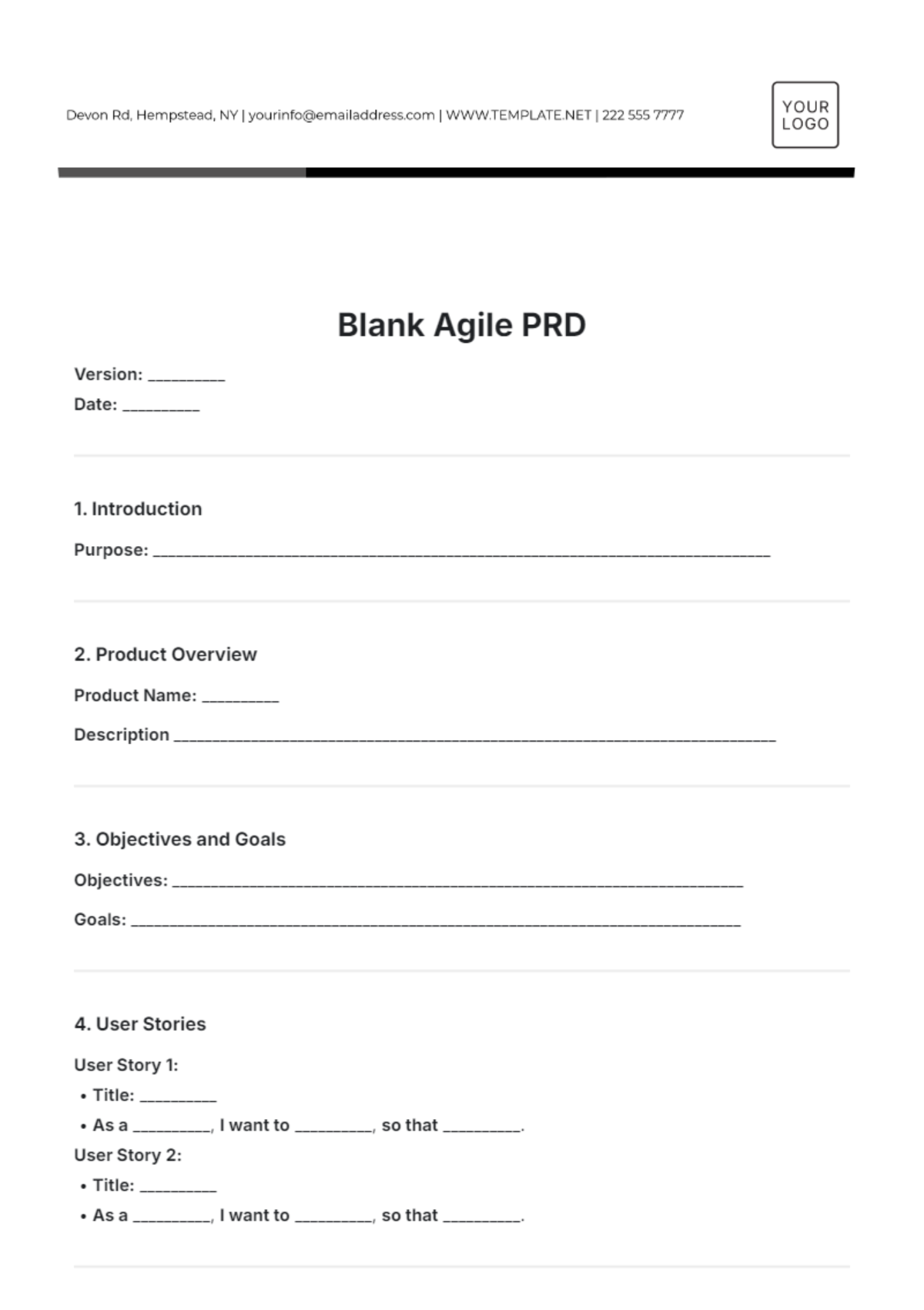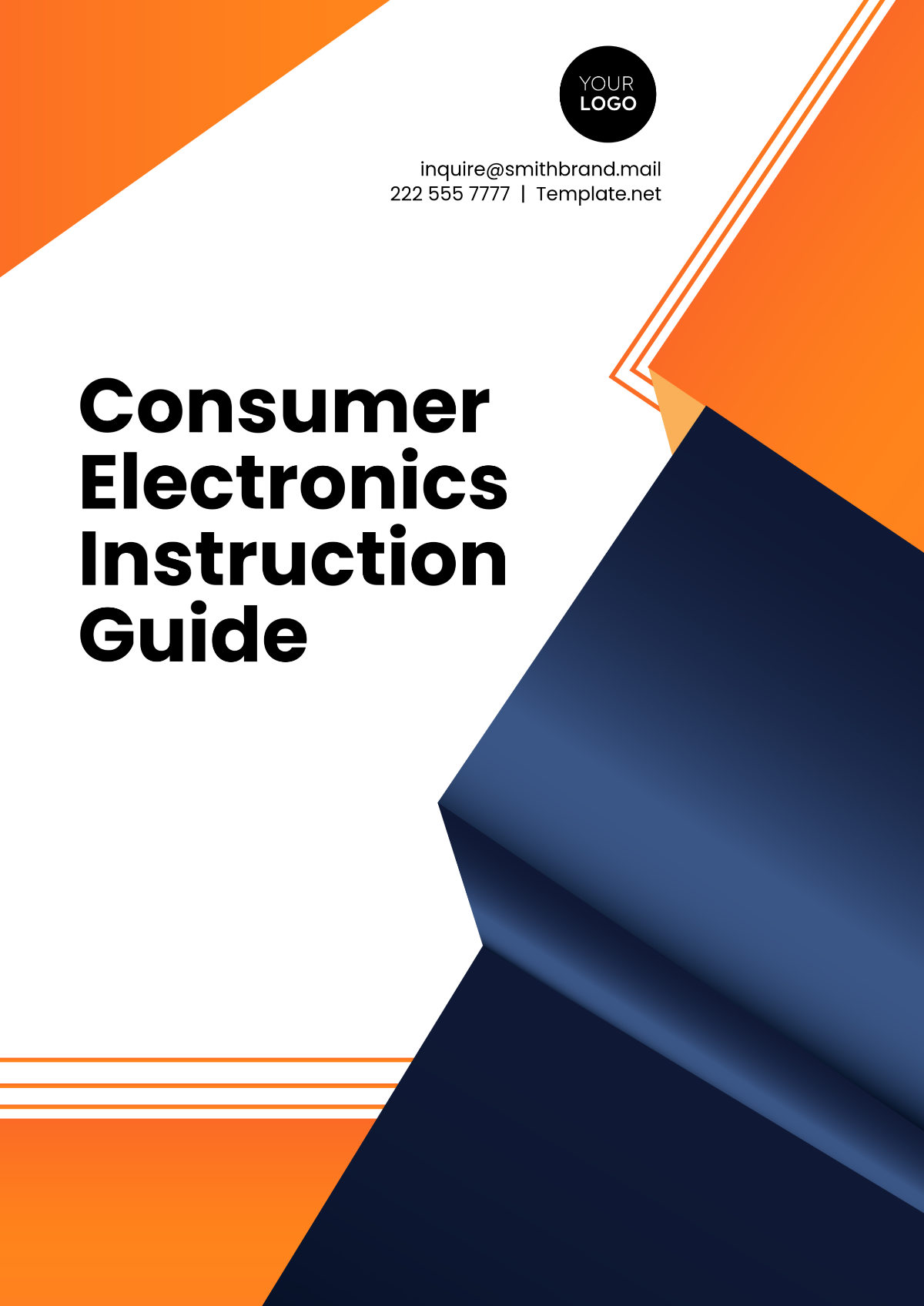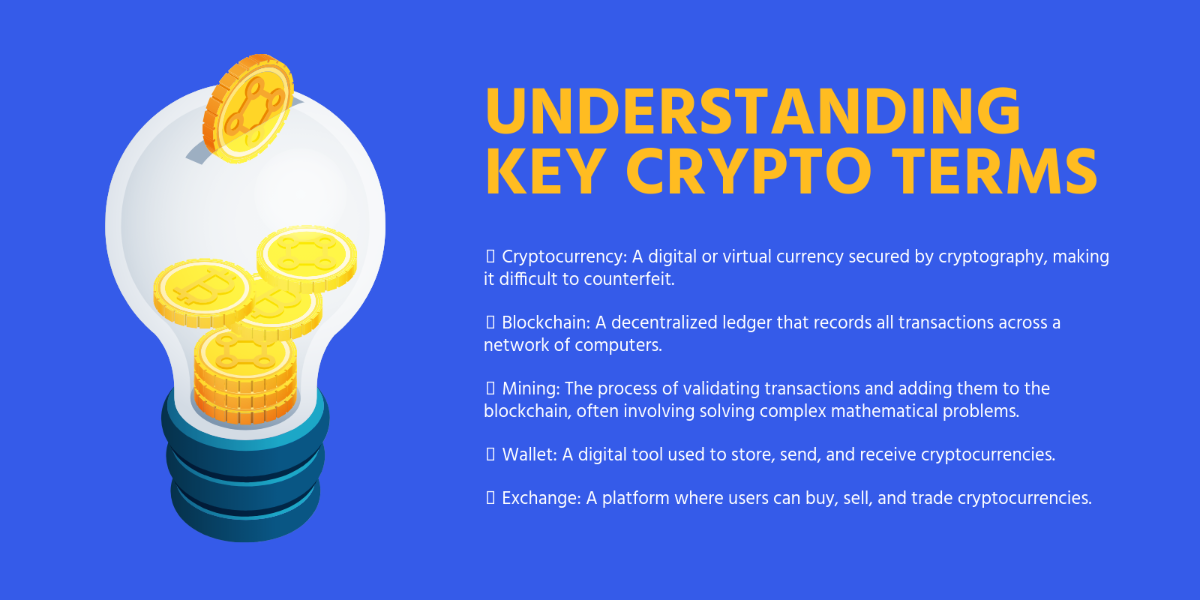Agile Technical Specification
1. Introduction
This document outlines the technical requirements, functional goals, and development approach for the Agile project. The primary objective is to define the scope, user stories, and technical architecture, ensuring the project aligns with the overall business goals while maintaining flexibility for future changes.
Project Name: Agile Development of SmartHome Automation System
Date: September 1, 2060
Prepared by: [Your Name], Lead Technical Architect
2. Project Overview
2.1. Purpose
The purpose of this Agile project is to develop a scalable, user-friendly, and secure SmartHome Automation System that allows users to control, monitor, and automate various household devices. The solution should be adaptable for enhancements in future sprints while meeting the current needs of users.
2.2. Scope
The project scope includes the following:
Development of core functionalities, including device control and automation.
Implementation of a REST API for third-party integrations (e.g., smart speakers, voice assistants).
Cloud deployment for scalability and seamless access from mobile and web platforms.
Ongoing maintenance and improvement over multiple sprints.
Out-of-scope items include:
Integration with proprietary legacy smart devices (planned for future phases).
Development of a dedicated mobile application (handled by separate teams).
3. User Stories and Requirements
3.1. User Personas
Primary User: Homeowner, who needs the ability to control home devices from a central interface to ensure convenience, security, and energy efficiency.
Secondary User: Administrator, responsible for managing user permissions and monitoring device logs for security purposes.
3.2. User Stories
User Story 1: As a homeowner, I want to automate my lighting system based on a schedule so that I can save energy when I’m not home.
Acceptance Criteria: The system should allow the user to set up and manage automated schedules for lighting, with the ability to override the schedule manually at any time.
User Story 2: As an admin, I need to be able to view logs of all user interactions with devices so that I can monitor security events.
Acceptance Criteria: The admin dashboard should provide real-time logs of user activities, including device access and automation changes.
3.3. Non-Functional Requirements
Performance: The system should handle up to 10,000 concurrent users with a maximum response time of 500 milliseconds.
Security: All user and device data must be encrypted in transit and at rest, adhering to ISO/IEC 27001 standards.
Scalability: The application should scale horizontally across cloud instances to support up to 1 million devices across different households.
4. Technical Architecture
4.1. System Components
Frontend: Built using React, providing a responsive interface for the homeowner to control and monitor devices.
Backend: A REST API developed with Node.js, enabling communication between the frontend and the database.
Database: A cloud-hosted PostgreSQL database, ensuring data consistency, replication, and real-time backup.
Authentication: OAuth 2.0 integrated with Google and Apple sign-in for secure authentication.
4.2. Data Flow Diagram
The data flow for a typical user interaction follows this pattern:
User sends a control command from the frontend.
Backend API processes the command and communicates with the database and devices.
The backend returns the command status to the frontend.
Frontend updates the user with the device's new state.
5. Sprint Breakdown
5.1. Sprint 1: Setup and Core Functionality (2060)
Objective: Set up the development environment, establish the CI/CD pipeline, and develop core features for device control and automation.
Duration: 2 weeks
Deliverables:
Basic frontend interface for device control.
Backend API for core automation and device management.
Database schema for storing device and user data.
CI/CD integration for automated testing and deployment.
5.2. Sprint 2: Feature Expansion and Security (2060)
Objective: Expand core features, introduce role-based access, and implement data encryption.
Duration: 2 weeks
Deliverables:
User authentication and role-based access control.
Encryption of data in transit and at rest.
Integration with Google Home and Amazon Alexa voice assistants.
Unit tests for newly added features.
5.3. Sprint 3: Cloud Deployment and Scalability (2060)
Objective: Deploy the system to the cloud, ensuring horizontal scalability and fault tolerance.
Duration: 2 weeks
Deliverables:
Cloud deployment on AWS.
Load testing to ensure scalability for up to 1 million devices.
Disaster recovery plan and failover testing.
6. Testing Strategy
6.1. Unit Testing
Each module will undergo unit testing to ensure the code works as expected in isolation. Unit tests will be automated using Jest for the frontend and Mocha for the backend.
6.2. Integration Testing
Integration tests will ensure seamless interaction between frontend, backend, and the database. Test scenarios will focus on data flow between devices, API calls, and user authentication.
6.3. User Acceptance Testing (UAT)
UAT will involve homeowners and admins to test the system in real-world scenarios, ensuring that all functionalities meet the specified business requirements.
7. Risks and Mitigation
7.1. Identified Risks
Risk 1: Performance issues with device synchronization during peak hours.
Mitigation: Implement load balancing and conduct performance tuning on the backend and database.
Risk 2: Third-party API downtime (e.g., voice assistant services).
Mitigation: Set up fallback mechanisms and cached responses for critical device controls.
7.2. Contingency Plan
If major risks materialize, the project will prioritize critical functionality over advanced features. The team will conduct daily stand-up meetings to assess risks and adjust priorities as needed. Major risks will be addressed through hotfixes during sprint iterations.
8. Conclusion
This Agile Technical Specification serves as a comprehensive guide for the development and deployment of the SmartHome Automation System. The project will be executed across multiple sprints, with continuous feedback from stakeholders to ensure all business and technical requirements are met. The development team will remain agile and adaptable to changes, with a focus on delivering high-quality software on time and within scope.






